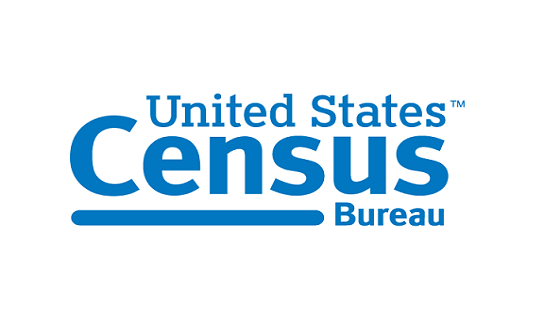
U.S. Census: Small Business Pulse Survey Dashboard
Measuring the impact of COVID-19 on small businesses
by Trends Staff
The pandemic has certainly created its own news cycle, within it are many stories on the impact it’s had on small businesses across the U.S.
There are the stories interviewing an individual who already had to temporarily shut down their business turning into something permanent. Then there are stories about entire sectors, such as travel and entertainment trickling down to small business owners with lifetime or family lifetime investments into stores, restaurants, bars, and many of the types of businesses giving every community in America some level of uniqueness.
Either way, collecting data on businesses going under is not new. Rather, the need for as real-time as possible information, the enormity of the impact of COVID-19 on small businesses, and perhaps further down the road to trace the efficacy of both policy and funds designed to help, much is new.
Within a few weeks of the national emergency declaration, the U.S. Census Bureau had developed completely new processes to collect data on small businesses during the pandemic: The Small Business Pulse Survey (SBPS).
The SBPS questionnaire is less than 20-questions and is sent out to non-farm, single location businesses with $1,000 or more in receipts and less than 500 employees. Due to the timeliness of collecting and reporting these data, the small business had to have had previously responded to the Economic Census, so the U.S. Census Bureau had an email to make initial contact with the business.
The questions are centered on level of impact in a variety of areas (revenue, employees, cash on hand, missed loan payments, received assistance or not, etc.).
Response options for businesses in each area can be one of the following: large or moderate negative effect, little or no effect, large or moderate positive effect.
The results are packaged, broken down by week, and presented in the Small Business Pulse Survey Dashboard. Further breakdown of survey results include by state and sector; state, NAICS and MSA; and comparing multiple responses by metropolitan statistical area, state, and sector.
